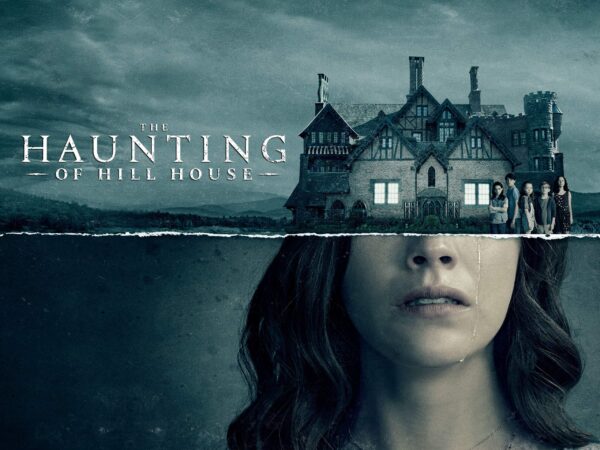The book starts with an outline of a typical week for Donald Trump in early 1987; This was intended as an exercise in name-dropping to impress readers about the then less famous Trump. Trump. The list is long and informative.
In addition, Ivan Boesky and Michael Milken were among his choices, along with “Ace” Greenberg from Bear Stearns and other very famous figures from the 1980s.
The book’s final and most substantial part is a usual “how I made it” overview of his early deals with Trump.
I’m going to admit that despite being a skeptic of Donald Trump, the book itself was delightful and fascinating. Why? Because, even though Trump didn’t compose it himself, it gives an unfiltered look at the 40-year-old Donald Trump, who, until his death, was a success to failure in the 80s.
Here are some notes I took when I read it:-
- He always took out loans (to the maximum) from the beginning but kept his obligations to a minimum.
- He was in contact with the Russian ambassador as early as the 80s (planning the construction of a luxurious Hotel in Moscow)
- He began dating women through the “exclusive club” but complained that they weren’t “classy” enough for him.
- He claims he acts per the “Gut feeling” and has no “great plan.”
- Aggression and exaggeration are his most vital points.
- “Conned” himself into his earlier projects.
- However, he’s persevering and took a long look at the very least the properties he desired to own
- Having extensive experience dealing with politicians isn’t his favorite.
- He is often criticized by the critics who denounce him. He asks, why is it that I can’t blame those who attack me? The discovery of Twitter which allows him to criticize anyone is a fantastic experience.
- Even in 1987, they complained that even in 1987, he complained that the Japanese had been “stealing” from the Americans due to their positive trade balance. It seems to be one of his core beliefs that haven’t changed in the last 30 years.
- It states explicitly that “controversy” is a great (and affordable) way to attract attention and promote his cause (in the case of his lavish residences). Therefore, everything that happened before the election shouldn’t be a surprise.
- Do not like committees and is averse to consultants (McKinsey)
- There was no racism in the book.
- Attempted to make it as a corporate raider in the stock market along with Hilton and Bally but didn’t go through and repaid the money after a minimal period.
- The idea was that casinos were easy to run, so they invested heavily into Atlantic City, which didn’t end well in the end.
- The idea of creating a rival football league similar to the NFL was unsuccessful.
- He was always focused on family. There is a place where he states that you should trust no one except his family. His brother was the senior man within the company, and his wife, Ivanka, was appointed the head of the Atlantic City casinos.
- He wasn’t a fan of Ronald Reagan.
When describing his deals, there are specific patterns that are an indication of the “Art of the deal”:
- He consistently exaggerates his abilities or the attributes of his characteristics to the maximum.
- He slanders and bludgeons competitors and everyone else.
- Do everything possible to gain an advantage (last-minute adjustments to ensure your boss rival is already on the road, putting homeless people in accessible apartments, etc.)
- The pressure is on everyone to reach the most extreme level (until it causes injury)
- He doesn’t respect those who don’t take a stand against him.
In simple terms: He tries to be the best player on the tables.
Funny enough, in two cases, he’s utilized “letters of intent” to get him meager prices for real estate. However, he advises people to “never sign a letter of intent in New York” as it could cause death.
In another section, he describes an individual as”a “bully,” and the next sentence states that a “bully” is only a bully to those who do not fight back in opposition to bullies. Indirectly, he says that he’s not a bully, but this could also be an in-joke.
At one point, the guy declares that, in a great deal, there should be something beneficial for both sides of the transaction. However, I’m not sure that this is his main priority.
How can we do to improve our understanding of the future (the coming 4 – or eight years)
You shouldn’t be shocked if we examine his recent statements regarding the EU and NATO. This is, for him, “the art of the deal” In the beginning, he states that NATO is not helpful, and then he tries to secure the “deal,” most likely the NATO member who pays the price for “security.” It’s the same for China, the EU, and China. By promoting Taiwan or forecasting the demise of the EU, he is trying to split his adversaries to negotiate a favorable arrangement with the US. I also think he is aware from his experience in real estate that you must be able to rule through the division of your adversaries.
It is interesting to know what he’ll do in the face of the nationalism-based forces in Europe, but my prediction is that he’ll be supporting them to reduce the strength of his “deal counterparts.”
But one thing that everyone dealing with Trump should be wary of is that one should not be a fool to think that he is. At the beginning of his career, many people believed they were a bit too big for him because Trump just had a big mouth. From the book, it appears to me that he’s extremely determined, has a strong memory, and seems capable of the draw and motivating people to work for him,
If his objective is to create jobs in the US and reduce the trade deficit, I think he stands the chance of reaching the goal. The biggest problem is, of course, if this is what really “makes America great again” or if he causes many other issues (high prices for interest, high inflation, and global problems). In all honesty, I do not believe his policies need to be suitable for all stocks, but that’s an entirely different subject.
Summary:
This is a fascinating book, whatever the case, whatever one’s opinion regarding Donald Trump. It offers a great insight into what a 40-year-old Donald Trump thought about things he was negotiating and how awful New York looked in the 70s and 80s. It also provides an exciting glimpse into the business of real estate.













